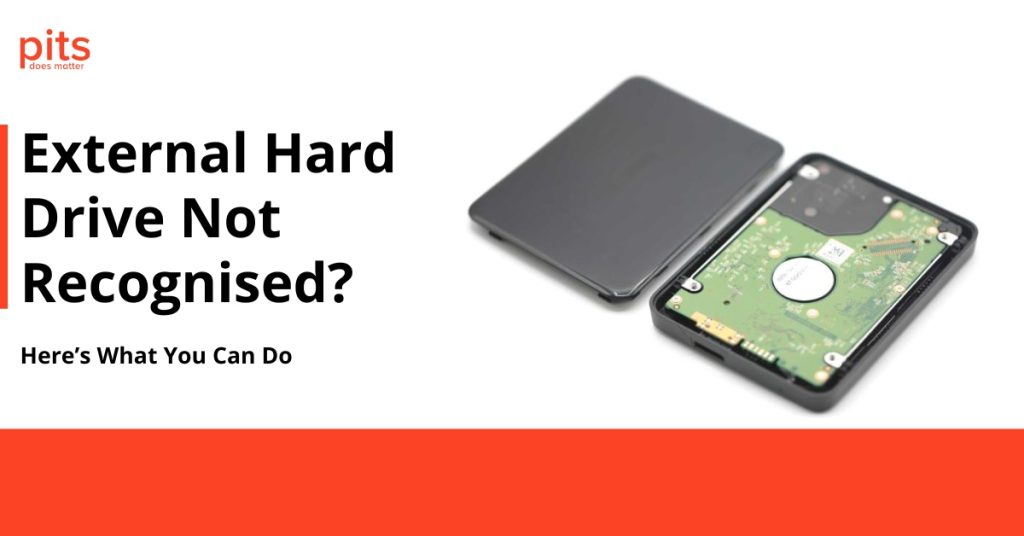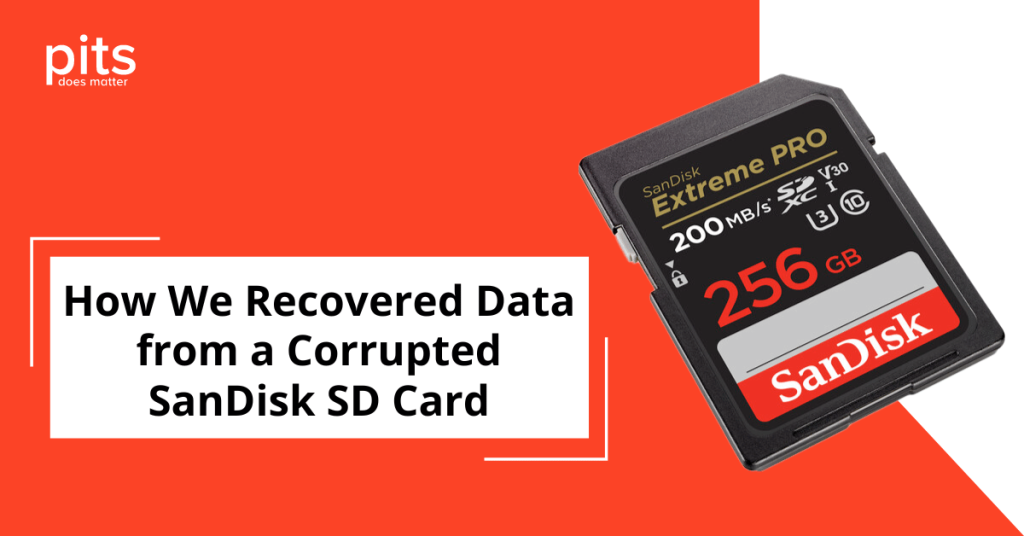In the dynamic and constantly evolving realm of storage technology, Solid State Drives (SSDs) have emerged as a transformative force, presenting a marked advancement in terms of speed, dependability, and efficiency when compared to conventional hard drives. Among the array of SSD form factors, the U.2 variant has garnered considerable attention owing to its exceptional performance attributes and adaptability. This article undertakes an exploration into the realm of U.2 SSDs, meticulously examining their attributes, advantages, and integration within the broader storage ecosystem.
Grasping SAS and SATA SSDs
Prior to delving into the intricacies of U.2 SSDs, it is imperative to acquire a foundational comprehension of SAS (Serial Attached SCSI) and SATA (Serial ATA) SSDs, which stood as early adopters of SSD technology. Both interfaces have found widespread application in both enterprise and consumer contexts. SATA SSDs find greater prevalence in systems tailored for consumers due to their cost-effectiveness and compatibility with prevailing SATA interfaces. Conversely, SAS SSDs cater to the demands of enterprise environments that necessitate heightened performance, unwavering reliability, and scalability.
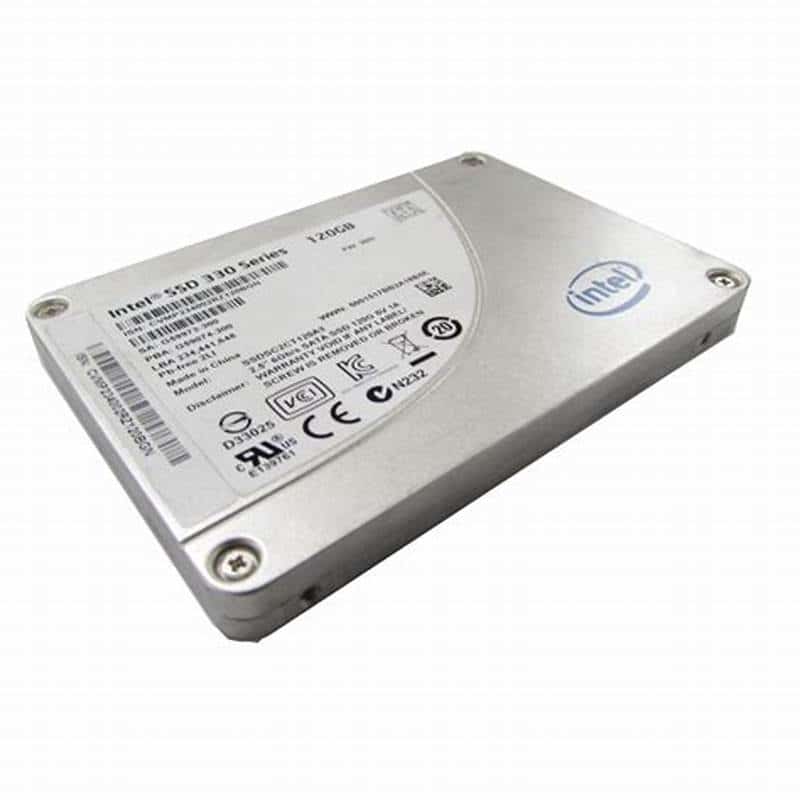
The Rise of NVMe SSDs
As the trajectory of SSD technology advanced, the advent of the NVMe (Non-Volatile Memory Express) interface heralded a transformative era within the storage sector. NVMe SSDs harness the capabilities of the PCIe (Peripheral Component Interconnect Express) protocol, ushering in notably augmented data transfer velocities, diminished latency, and enhanced IOPS (Input/Output Operations Per Second). The NVMe interface expeditiously ascended to a vantage point, assuming precedence as the interface of choice for high-performance storage solutions across data centers, gaming PCs, and enthusiast-oriented systems.
Unveiling U.2 SSDs
U.2 SSDs, colloquially referred to as SFF-8639 or SFF-8639 U.2, effectively serve as a conduit between the realms of SATA/SAS and NVMe. These U.2 SSDs leverage the NVMe protocol whilst retaining a recognizable 2.5-inch form factor akin to traditional SATA drives. This form factor, in turn, facilitates uncomplicated assimilation into extant systems, rendering it a compelling prospect for individuals seeking to enhance their storage infrastructure sans the necessity of a wholesale system replacement.
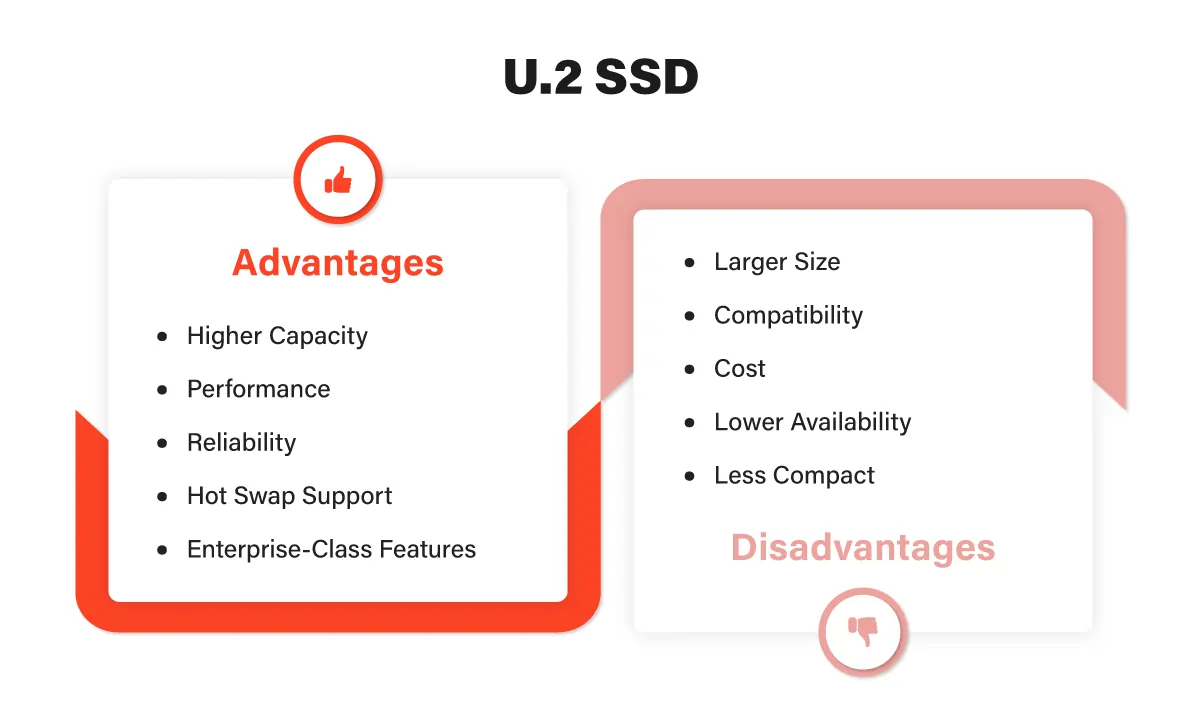
Functioning of U.2 SSDs
The U.2 form factor working consortium, tasked with the development and standardization of U.2 specifications, has adeptly facilitated harmonious compatibility between U.2 SSDs and the prevailing infrastructure. The U.2 connector incorporates four PCIe lanes in addition to a distinct SATA power and data connector.
Such a configuration empowers the SSD to establish communication with the system via NVMe while concurrently drawing power via the SATA connector.
This configuration is particularly advantageous for users who possess available SATA power yet may lack suitable M.2 slots or adequate PCIe lanes to accommodate NVMe drives.
Merits of U.2 SSDs
a. Performance: U.2 SSDs inherit the remarkable swiftness inherent in NVMe technology, bestowing commendable read and write speeds. With reduced latency and heightened IOPS, U.2 SSDs exhibit prowess in managing demanding workloads and multifaceted multitasking scenarios.
b. Compatibility: In contrast to M.2 drives that necessitate specific slots and can be constrained by certain form factors, U.2 SSDs can be seamlessly incorporated into standard 2.5-inch drive bays, thus endowing them with enhanced versatility and accessibility across a wider spectrum of systems.
c. Hot-swap Capability: U.2 SSDs possess the coveted attribute of hot-swappability, enabling effortless installation and removal sans the need to power down the entire system. This facet proves particularly advantageous within enterprise domains where routine drive maintenance and replacements are the norm.
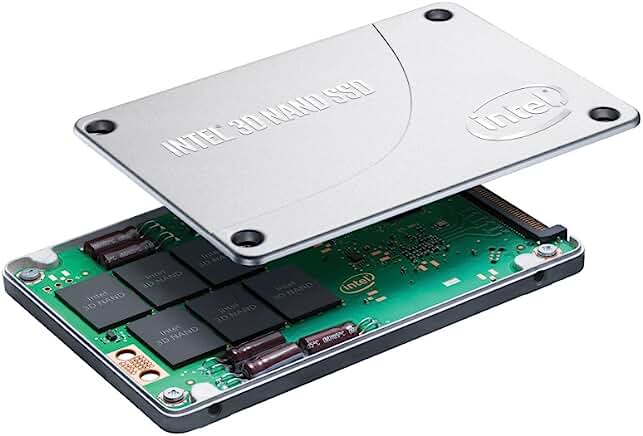
d. Reliability: Capitalising on NVMe technology, U.2 SSDs eschew any mechanical components, thereby diminishing the prospect of mechanical breakdown. This, in turn, safeguards data integrity and ensures sustained reliability over the long haul.
e. Scalability: U.2 SSDs are tailored to address both enterprise and consumer segments, presenting an array of storage capacities apt for diverse applications. Spanning from modest-capacity drives tailored for domestic users to expansive SSDs catering to data centers, the realm of U.2 encompasses a comprehensive spectrum.
U.2 SSD Connectivity
To establish connectivity with a U.2 SSD, the requisites entail a motherboard or server equipped with U.2 connectors or, alternatively, U.2 to PCIe/NVMe adapters. Furthermore, the system must possess NVMe support facilitated through PCIe lanes. Notably, the power and data connections remain distinct, with power being furnished via the conventional SATA power connector.
Upon successful establishment of the connection, the U.2 SSD should be promptly detected by the system, granting the user the ability to initiate the installation and data transfer procedures. The U.2 SSD has emerged as a compelling reservoir for storage, seamlessly amalgamating the performance merits inherent in NVMe technology with the familiar 2.5-inch form factor. Marked by their effortless compatibility, capacity for hot-swapping, and unwavering reliability, U.2 SSDs have efficaciously carved a niche within both consumer and enterprise sectors.
As the storage sector continues its evolutionary trajectory, it stands to reason that the U.2 form factor working collective, in tandem with the advancements permeating NVMe technology, will indubitably herald further enhancements and novel innovations to SSDs, thereby revolutionizing the paradigms governing data storage and access in the times to come.
U.2 SSD Data Retrieval via PITS
At PITS Global Data Recovery Services, our commitment lies in delivering exemplary data retrieval solutions tailored to a diverse array of storage devices, U.2 SSDs prominently included. Our niche services are intricately engineered to efficiently recover data from U.2 SSDs that have suffered impairment or corruption. Be it aiding in the recovery of USB flash drives, memory cards, or solid-state drives, our cadre of adept professionals boasts the requisite expertise and acumen to navigate the recovery journey with precision and diligence.
Advantages of Employing Our Services:
24/7 Emergency Service Availability
So if you're facing a data loss situation, don't hesitate to contact us. Our 24/7 data recovery services are available 365 days a year. Let us help you recover your precious data today.
Certified Data Recovery Laboratories
So if you're facing a data loss situation, look no further. With our certified data recovery labs and 99% success rate, we are confident that we can recover your precious data and get you back on track.
Data Recovery Services Worldwide
PITS is a leading global recovery service provider specializing in retrieving data from various storage devices. With a widespread network of locations, we offer reliable solutions to clients worldwide.
ISO Certified Class 10 Cleanroom
Our engineers work in a controlled environment to ensure the safety of your device. We recover data in ISO Certified Class 10 Cleanroom and achieve high results.
Risk-free Evaluation and Assessment
We start the process with a risk-free evaluation. Our technicians estimate the reasons for data loss and the level of damage. We select the most suitable strategy.
100% Customer Satisfaction Rate
With years in the data recovery industry, our company supports the highest customer satisfaction rate. We do everything to provide a positive experience for our clients.
Our proficient and adept team possesses the latest tools and advanced methodologies necessary for managing a spectrum of scenarios leading to data loss. We comprehend the apprehension and unease that accompanies data loss, which underscores our commitment to accelerating the data recovery procedure. Whether the circumstance entails the inadvertent removal of crucial files, the aftermath of a system malfunction, or the consequences of physical impairment to your U.2 SSD, our specialists exhibit consummate proficiency in the retrieval of your data. Our pride rests in the depth of our proficiency in recuperating invaluable files, even in the most intricate and challenging instances of data loss.
Frequently Asked Questions
What Constitutes a U.2 SSD?
A U.2 SSD, alternatively acknowledged as SFF-8639 or SFF-8639 U.2, stands as a variant of Solid-State Drive that leverages the NVMe (Non-Volatile Memory Express) protocol for its mode of communication. Notably, it showcases a 2.5-inch form factor, rendering it in harmony with extant drive bays and connectors conventionally associated with traditional SATA drives. U.2 SSDs emerge as purveyors of high-performance storage capabilities, replete with swifter data transfer rates, diminished latency, and enhanced reliability when juxtaposed against the backdrop of conventional hard drives.
In what manner does a U.2 SSD deviate from SATA and NVMe SSDs?
U.2 SSDs assume the role of bridging the divide existing between SATA and NVMe SSDs. Whereas SATA SSDs operate through the medium of the SATA interface and NVMe SSDs engage the PCIe (Peripheral Component Interconnect Express) interface, U.2 SSDs harness the NVMe protocol whilst retaining the 2.5-inch form factor akin to SATA drives. This juxtaposition, in turn, culminates in a state of compatibility with systems that might lack specifically designated M.2 slots or encompass an insufficient number of available PCIe lanes for accommodating NVMe SSDs. This amalgamated configuration avails a storage upgrade avenue characterized by heightened flexibility and enhanced accessibility.
What are the merits associated with utilizing a U.2 SSD?
Performance: U.2 SSDs harness the speed and efficiency of NVMe technology, delivering faster read and write speeds, reduced latency, and higher Input/Output Operations Per Second (IOPS) compared to traditional SATA drives.
Compatibility: The 2.5-inch form factor of U.2 SSDs ensures they can be easily integrated into existing systems with standard drive bays, making them a viable upgrade option for a wide range of devices.
Hot-Swap Capability: U.2 SSDs support hot-swapping, allowing users to install or remove the drive without powering down the system. This feature is particularly valuable in enterprise environments where drive maintenance is frequent.
Reliability: As with other SSDs, U.2 drives have no moving parts, reducing the risk of mechanical failure and ensuring a more reliable storage solution.
How do I connect a U.2 SSD to my system?
To connect a U.2 SSD to your system, you’ll need a motherboard or server that includes U.2 connectors or adapters. The U.2 SSD will require both a PCIe lane for NVMe communication and a separate SATA power connector for power delivery. Once properly connected, the U.2 SSD should be recognized by the system, enabling you to install and use it like any other storage device.
We’re Here to Help
Our experienced team is committed to helping you recover your critical data. No matter the situation, we work diligently to ensure the best possible outcome. Take action now and let us restore what’s important to you.
Start Recovery Process
"*" indicates required fields
